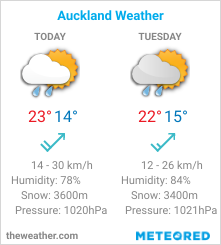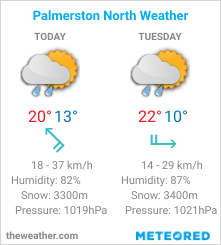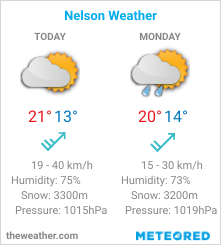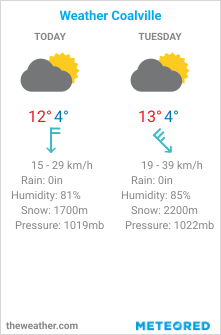USS Lake Champlain (CV/CVA/CVS-39) was one of 24 Essex-class aircraft carriers completed during or shortly after World War II for the United States Navy. She was the second US Navy ship to bear the name, and was named for the Battle of Lake Champlain in the War of 1812.
Commissioned on 3 June 1945, Lake Champlain did not participate in World War II, but did serve as a transport, bringing troops home from Europe as part of Operation Magic Carpet. Like many of her sister ships, she was decommissioned shortly after the end of the war, but was modernized and recommissioned in the early 1950s, and redesignated as an attack carrier (CVA). She participated in the Korean War but spent the rest of her career in the Atlantic, Caribbean, and Mediterranean. In the late 1950s, she was redesignated as an antisubmarine carrier (CVS).
She was the prime recovery ship for the first manned Project Mercury mission (Freedom 7), the second unmanned Gemini mission (Gemini 2), and for the third manned Gemini (Gemini 5) space mission.
Lake Champlain had a unique modernization history. She was the only Essex-class ship to receive the SCB-27 conversion which was a rebuild of the superstructure, flight deck and other features but without also receiving the SCB-125 conversion which would have given her an angled flight deck and hurricane bow. Therefore, she had the distinction of being the last operational US aircraft carrier with an axial flight deck.
Lake Champlain was decommissioned in 1966 and sold for scrap in 1972.
https://ift.tt/2aaEJ5F
from JC's Navy, Military and Maritime https://ift.tt/3eWG7Fs
via IFTTT










No comments:
Post a Comment
How did you like the post, leave a comment. I would appreciate hearing from you all. Best wishes from JC's Naval, Maritime and Military News